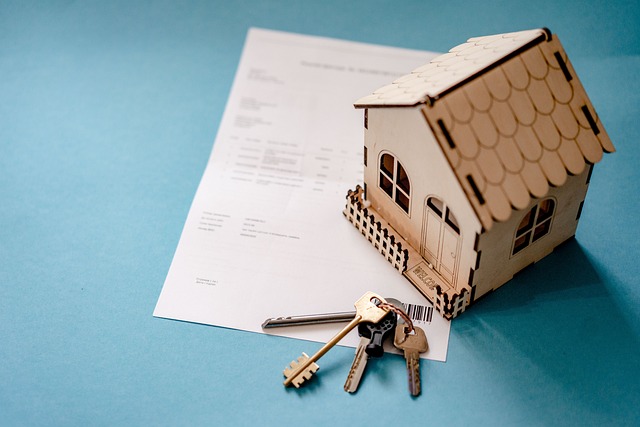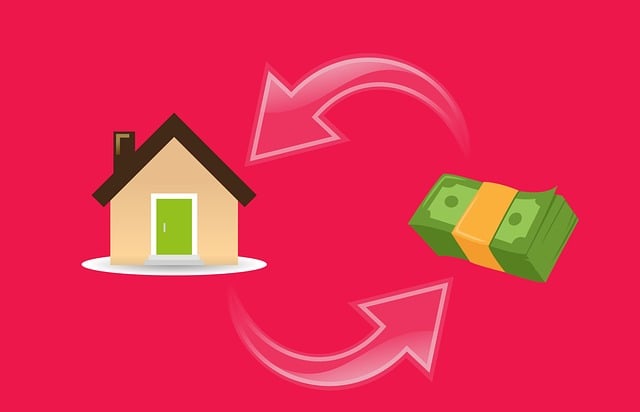In the competitive real estate market, understanding borrower defaults is crucial for lenders to manage risks. Despite strategies like credit checks and legal mechanisms like foreclosure, economic downturns can increase default rates, straining lender resources. Effective risk management involves diverse portfolio strategies, rigorous borrower assessments, flexible loan terms with adequate collateral, strong collection processes, and a robust legal framework. These proactive measures protect investments, build trust, and foster stability in the real estate lending ecosystem.
In the dynamic realm of real estate, understanding borrower default and its impact on lenders is crucial. When a borrower fails to repay their loan, lenders face significant risks. This article delves into the intricacies of default, exploring legal mechanisms and safeguards designed to protect lenders’ interests in real estate transactions. We also discuss effective strategies for mitigating risks, ensuring both parties emerge with secure outcomes.
Understanding Default and Its Impact on Lenders in Real Estate

When a borrower fails to repay their loan, it’s known as default in the realm of real estate. This event can have significant repercussions for lenders, who invest heavily in properties. Defaulting borrowers may leave lenders with an empty or partially valued asset, leading to substantial financial losses. In a vibrant real estate market, where transactions are frequent and values fluctuate, understanding the risks associated with borrower defaults is crucial.
Lenders mitigate these risks through various measures, such as comprehensive credit checks, down payment requirements, and collateral agreements. Despite these precautions, default rates can vary based on economic conditions and individual borrower circumstances. In times of economic downturn, for instance, higher default rates can strain lender resources and impact their ability to extend credit in the future.
Legal Mechanisms and Safeguards for Lenders in Case of Borrower Default

In the event of a borrower defaulting on their real estate loan, lenders have several legal mechanisms and safeguards in place to mitigate their losses. These include various strategies such as foreclosure proceedings, where lenders can seize and sell the secured property to recover the outstanding debt. This process is governed by state laws and regulations, ensuring a structured and fair approach to reclaiming assets.
Additionally, lenders often incorporate protective clauses in loan agreements, allowing them to take possession of the real estate collateral if payments are missed. These provisions enable lenders to secure their investment, whether through direct ownership or selling the property at a later date. Such safeguards are designed to balance the interests of both parties and ensure a robust framework for managing default situations in the real estate market.
Strategies for Mitigating Risks and Protecting Interests in Real Estate Loans

In the real estate sector, mitigating risks associated with loan defaults is paramount for lenders. A comprehensive strategy involves diversifying the lending portfolio to spread risk and ensuring thorough borrower due diligence. Lenders should assess not only the creditworthiness of individual borrowers but also the broader market trends and property values, which can impact repayment capabilities. Regular monitoring and communication with borrowers are key; early detection of financial strain enables proactive measures to prevent defaults.
Additionally, lenders can protect their interests by structuring loans with appropriate collateral requirements and providing for flexible yet stringent terms. Implementing robust collection procedures and having a clear legal framework in place to handle default situations swiftly are further safeguards. These strategies not only protect the lender’s investment but also foster trust and transparency with borrowers, fostering a more stable real estate lending environment.






